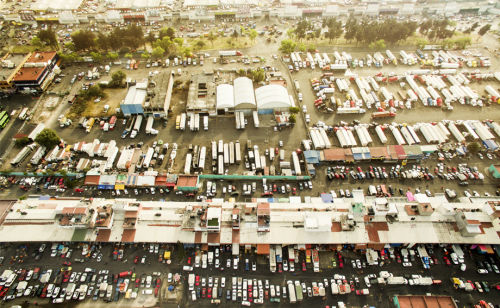The Evolution of Mexico’s Merchandise Trade Balance

Mexico runs a trade surplus with the United States owing to oil exports and cross-border supply chains, with imported U.S. components assembled in Mexico and then exported back to the United States. At the same time, Mexico runs a large trade deficit with Asia, the result of a surge of imports from that region over the past two decades. From Mexico’s perspective, this growing deficit with Asia has worked to offset an increasing trade surplus with the United States. More recently, the country’s merchandise balance suffered a substantial deterioration with the collapse of petroleum prices in late 2014. The balance has subsequently staged a modest recovery, as Mexico’s demand for Asian goods has cooled while the surplus with the United States (excluding petroleum trade) continues to trend higher. These developments have helped Mexico reduce its need to borrow more from the world to make up for lost petroleum export revenues.










 RSS Feed
RSS Feed Follow Liberty Street Economics
Follow Liberty Street Economics